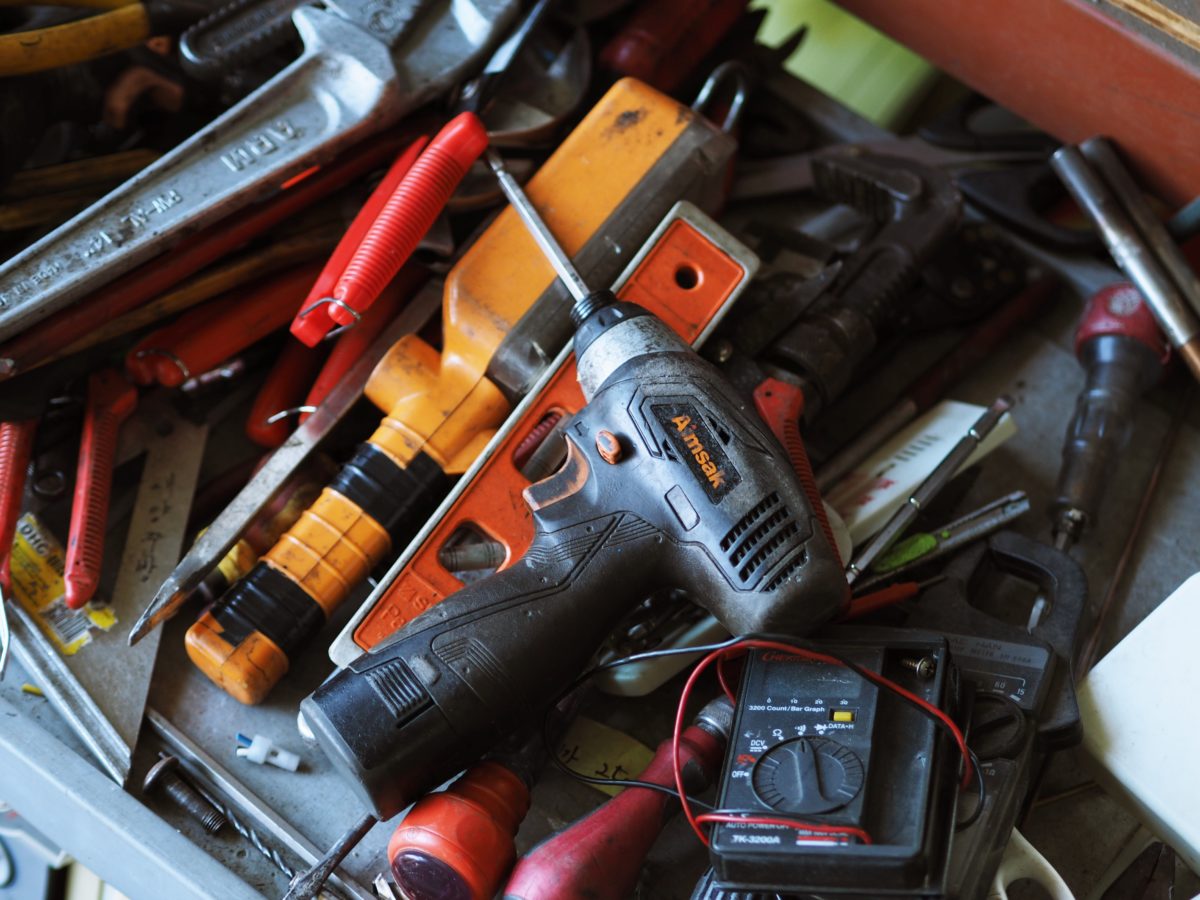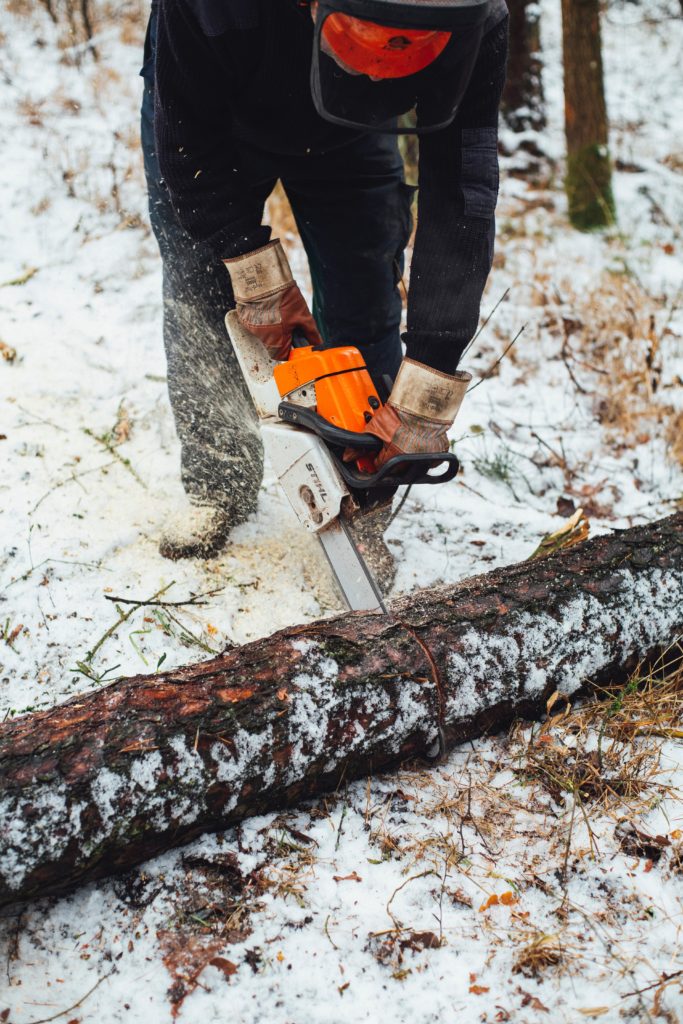When you think about avocados, what comes to mind? Healthy eating? Delicious guacamole? To hand doctors, we see a hand threat that we’ll never be able to unsee again. You may be surprised that avocados (and bagels!) cause thousands of hand and finger injuries every year. That’s why we’ve decided to address the issue of identifying the most dangerous ingredients in your kitchen and how you can protect your hands when preparing food.
The avocado-slicing fiasco.
As popularity in America of this fruit has sky-rocketed over recent years, so have hand injuries related to it. According to a 2019 article in the American Journal of Emergency Medicine, there were over 27,000 avocado-related knife injuries between 2013-2017.
If you’re reading this and realizing you’re not sure what the safest way is to cut an avocado, watch this video.
The bagel plague.
Similar to avocados, bagel injuries are also common in the kitchen. In 2008, a study found that nearly 2000 emergency room visits a year resulted from reckless bagel cutting techniques and cream cheese spreading techniques. The worst accidents were from eaters holding the bagel while cutting it in half, resulting in slashing open the palm (ouch!)
Here’s another video, this time, showing you how to safely handle bagels in your kitchen.
Other dangerous injury-evoking foods.
There are many other common ingredients that can also be finicky to prepare, so exercise caution with:
- Slicing and peeling carrots, potatoes, and onions.
- Cutting chicken or any thicker meats.
- Hot water or hot oil that can easily splash and burn you.

We recommend replacing unstable cutting boards, dull knives or knives that are loose within their handles, and any other kitchen utensils that are no longer in their best form.
Here at Arora Hand Surgery, we care about your health. If you have injured your finger, hand, wrist, or elbow in the kitchen, visit an emergency room immediately. After recovery, if you feel there is a need to meet with a hand specialist, visit Dr. Avery Arora, Michigan’s top hand surgeon, at one of his southeast Michigan offices located in West Bloomfield, Warren, Macomb Township, or Howell. We are here to help.



 We probably don’t have to tell you the kind of damage that a chainsaw can do to your hands, arms, or other parts of your body. A chainsaw is very dangerous when used improperly and without the use of protective gear. Over 30,000 chainsaw injuries are reported yearly in the United States, and the typical injury requires over a hundred stitches.
We probably don’t have to tell you the kind of damage that a chainsaw can do to your hands, arms, or other parts of your body. A chainsaw is very dangerous when used improperly and without the use of protective gear. Over 30,000 chainsaw injuries are reported yearly in the United States, and the typical injury requires over a hundred stitches.
 You will need a large amount of dental floss to do this. Start by threading it under the ring so you have a “pull” handle of floss facing the wrist. The rest of the floss will be facing your fingers.
You will need a large amount of dental floss to do this. Start by threading it under the ring so you have a “pull” handle of floss facing the wrist. The rest of the floss will be facing your fingers.












